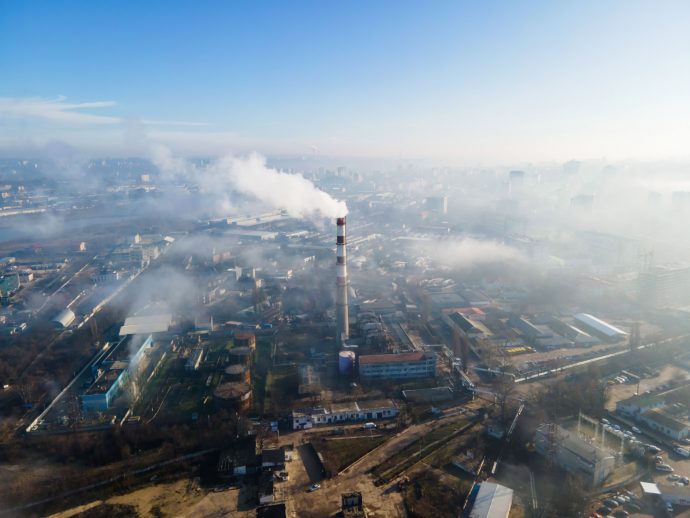DNV's Energy Transition Outlook 2022 landed ahead of the COP27 meeting which starts on November 6 in Egypt. What it describes and prescribes makes hard reading.
The short version is that the world is not doing enough to keep global average temperature rise to 1.5°C.
DNV’s analysis of key sectors shows emissions continuing to rise on the back of increasing global demand for more transport, more consumption, and more energy capacity.
Economic stress due to inflation and war has dampened emission actions in the short term, amounting to two ‘lost years’. This has made the action trajectory that much steeper.
Nevertheless, DNV finds opportunities for countries and private businesses. The report sees renewables growth and electrification of transport, buildings, manufacturing and other ‘hard-to-abate’ sectors as critical factors in keeping the planet’s global warming to 1.5°C. Renewables will attract trillions in investment as will grid renewal and replacement programmes. Hydrogen and ammonia fuel production will rise from a low base to become key contributors to lower emissions in later decades, mainly in manufacturing and maritime shipping.
The DNV pathway
Saving the planet will require all stakeholders to go further and faster towards the 1.5°C goal. Frontrunners, mainly the rich countries in the OECD (Organisation for Economic Cooperation and Development), will need to step up and achieve their emissions targets by 2043 if they are to balance the slower development in poorer or more populous countries. DNV says countries must adopt a ‘war footing’ to deliver the urgent medicine because every time an emissions target is missed, there’s another tick up in the average global temperature forecast.
Three areas are cited for action on the pathway:
Just as countries vary in their will and capacity to cut emissions, so too do key industry sectors. To quote DNV: “Some sectors, like power, will reach net zero before 2050, while other sectors, like cement and aviation, will still have remaining emissions. Maritime needs a strengthened strategy to reduce emissions by 95% by 2050.”
According to the IMO’s 2018 Initial Greenhouse Gas Strategy, its current target is still to cut annual greenhouse gas emissions from international shipping by at least half by 2050, compared to 2008 levels. That strategy will be revised next year.

Climate and Politics
Governments, of course, will play central roles in holding the temperature increase to 1.5°C. DNV sees government policy settings and standards in a dozen areas as essential to a positive outcome for the globe. They are:
The Energy Transition Outlook 2022 is not a doomsday report. Nor is it a slap on the back. It shows that hard decisions, hard cash and determined action are required in ever bigger amounts to keep us all from being cooked. Its prime virtue may well be its ability to focus hearts and minds on the size of the global challenges we all face and in giving clear directions towards a solution.
Will it be a fair COP?
The test to determine whether DNV’s pathway will find traction with stakeholders is the upcoming COP27. As the world stands now, we are heading towards 2.2°C warming levels by 2050. The United Nations General Secretary, António Guterres has said the world will be ‘doomed’ if that scenario plays out. Few meetings in world history have had so much riding on the outcome.
GAC has developed and released its own Roadmap to Sustainability aligned with the UN’s Sustainable Development Goals. We will be revisiting and sharpening our commitments after COP27.
About DNV
DNV is an independent assurance and risk management provider, operating in more than 100 countries, with the purpose of safeguarding life, property, and the environment. DNV helps its customers and their stakeholders manage technological change and regulatory complexity.